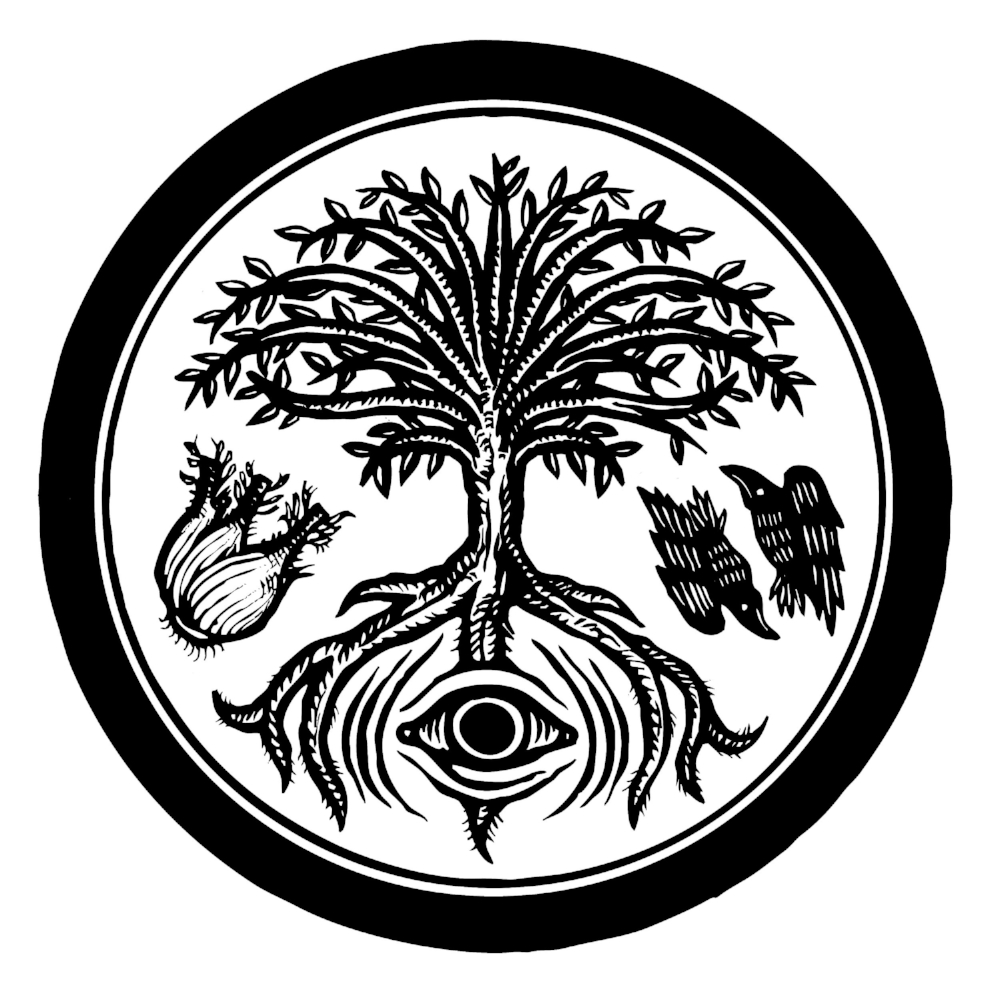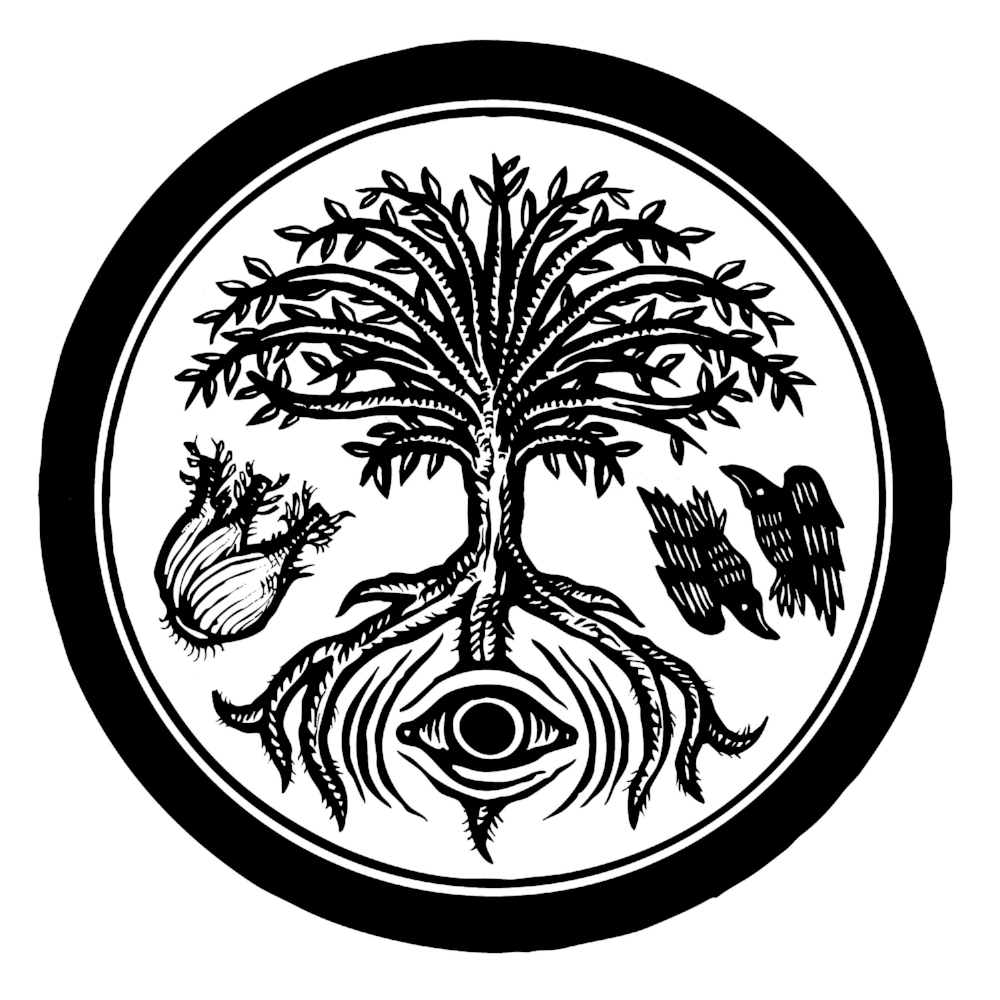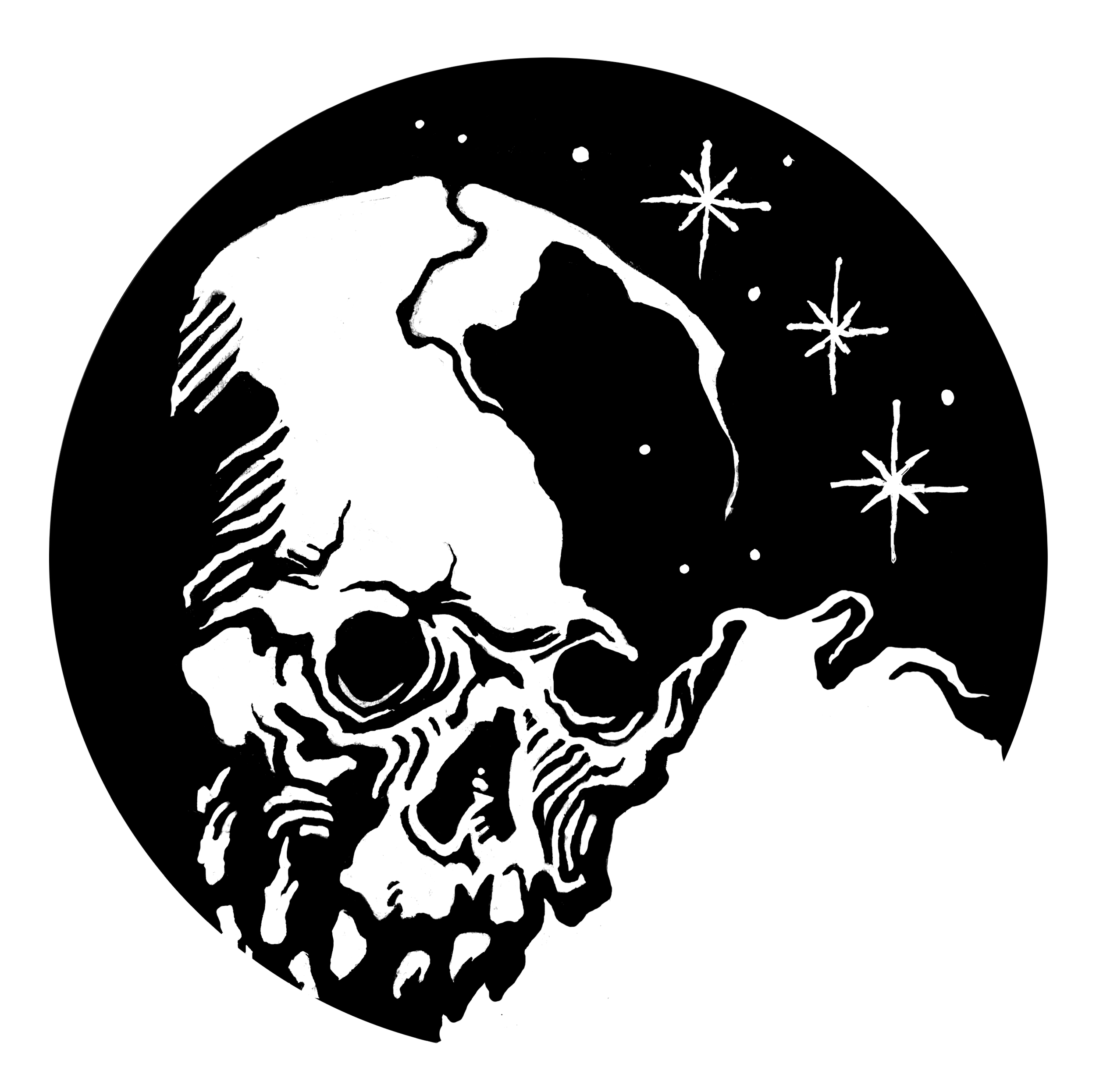
Community Roundup: November 2019
In an effort to draw more attention to the excellent work of individuals working in similar areas as Mimisbrunnr.info (and in a nod to the site’s origins as a news source for ancient Germanic studies), Mimisbrunnr.info highlights the activities to overlapping and associated projects every month.

Community Roundup: October 2019
Mimisbrunnr.info began as a news service focused on happenings in ancient Germanic studies. Since then, a community of fellow travelers in the field has sprung up. In an effort to draw more attention to the excellent work of these talented individuals and in a nod to the site’s origins, Mimisbrunnr.info launches its monthly roundup, in which we highlight activities in overlapping and associated projects.

Mimisbrunnr.info Logo Refresh
We’re pleased to announce that we’re introducing a new logo for Mimisbrunnr.info by artist Rim Bitik.

Eddic to English: Ursula Dronke (1969, 1997, & 2001)
Eddic to English now features an entry on English scholar Ursula Dronke’s partial translation of the Poetic Edda. Published in 1969, 1997, and 2001; Dronke’s editions remain some of the most difficult translations for readers to find.

An Index for Rudolf Simek’s “Dictionary of Northern Mythology”
Mimisbrunnr.info now hosts an index to scholar Rudolf Simek’s “Dictionary of Northern Mythology”, a resource commonly used by scholars in ancient Germanic studies.

A Survey of English Translations of the Prose Edda
Mimisbrunnr.info now hosts the first in-depth survey of English translations of the Prose Edda, including overviews of translations by Jesse Byock, Anthony Faulkes, Anthony Gilchrist Brodeur, Geoge Webb Dasent, and Rasmus Björn Anderson.

Six Questions XXII: Nathan Zilka (Zilka Forgewerks)
With the swell of popular interest in topics such as the Viking Age and the development of Germanic Heathenry in locations such as the United States, Europe, and South America, it’s not uncommon to see people wearing Mjöllnir pendants once again. While some of these hammers are mass-produced alongside other trinkets in distant locations by unknown hands, others are produced by craftspeople who derive spiritual value from their production, much as their ancient precursors. An example of the latter, American metalworker and heathen Nathan Zilka of Zilka Forgewerks practices his craft in Portland, Oregon today.

Ancient Scandinavian Studies Reading Circle Ár Var Alda Returns
Ár Var Alda, the reading circle that led to the creation of Mimsbrunnr.info, is back, this time meeting monthly in Seattle’s historic Ballard neighborhood at a new Viking Age-themed bar, Skål. Meetings will be held at 6:30 to 7:30 PM on the final Wednesdays of every month.

Six Questions XXI: Ceallaigh S. MacCath-Moran
For Six Questions XXI, Mimisbrunnr.info interviewed Canadian-American folklorist and writer Ceallaigh S. MacCath-Moran. Residing in Nova Scotia, Canada, MacCath-Moran discusses her upbringing, her areas of academic focus (including studies on the place of Norse myth in metal music and the topic of unverified person gnosis (UPG) in modern Paganism), and elements derived from Germanic myth in her own fiction.

Getting Started with Norse Mythology
Looking for the best books for getting started on Norse Mythology? Need a hand navigating primary, second, and tertiary sources? Sick of people trying to sell you stuff every step of the way? Consider our recommendations!

Six Questions XX: Paul Kingsnorth
English writer Paul Kingsnorth is perhaps best known to Six Questions readers for his novel The Wake (Gray Wolf Press, 2014). The Wake received critical praise and significant media attention (see, for example, coverage in The Guardian, The New York Times, and NPR), and features a variety of topics rarely represented in modern popular culture.

Six Questions XIX: Seiðlæti
The first (and to date only) album by Seiðlæti, Icelandic artists Unnur Arndísardóttir and Reynir Katrínarson, makes for a notable departure from modern popular culture’s tendency to ignore goddesses from the Germanic record: Þagnarþulur (2017) features 17 songs, each dedicated to a different goddess from the Old Norse corpus.
